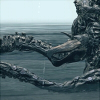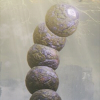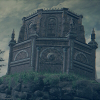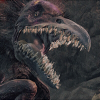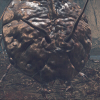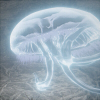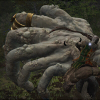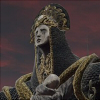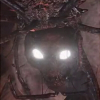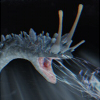
By Jonathan Wojcik and Rev Storm
Additional screenshots from
Zullie!
ENTRY 12: THE CEMETARY SHADE
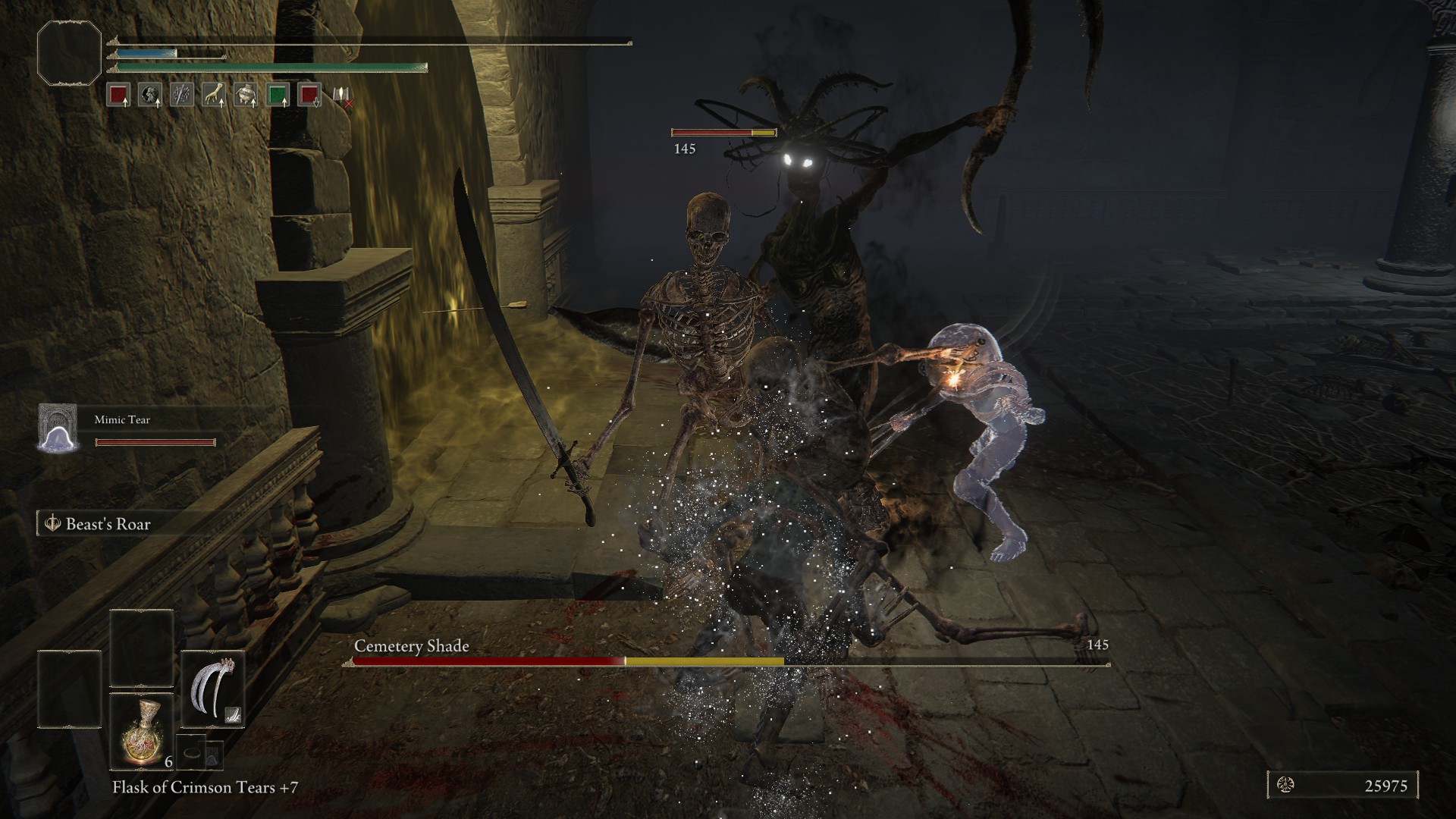
When we first encountered this monster - not the skeleton! That's just their buddy! - we actually missed what made it interesting. To be fair, it's a mostly pitch black entity guarding dark and shadowy catacombs, and battles in Elden Ring can have you dodging, rolling and running around like a maniac. In this screenshot from Rev's second encounter however, you can already see something up with the shadowy figure's head...
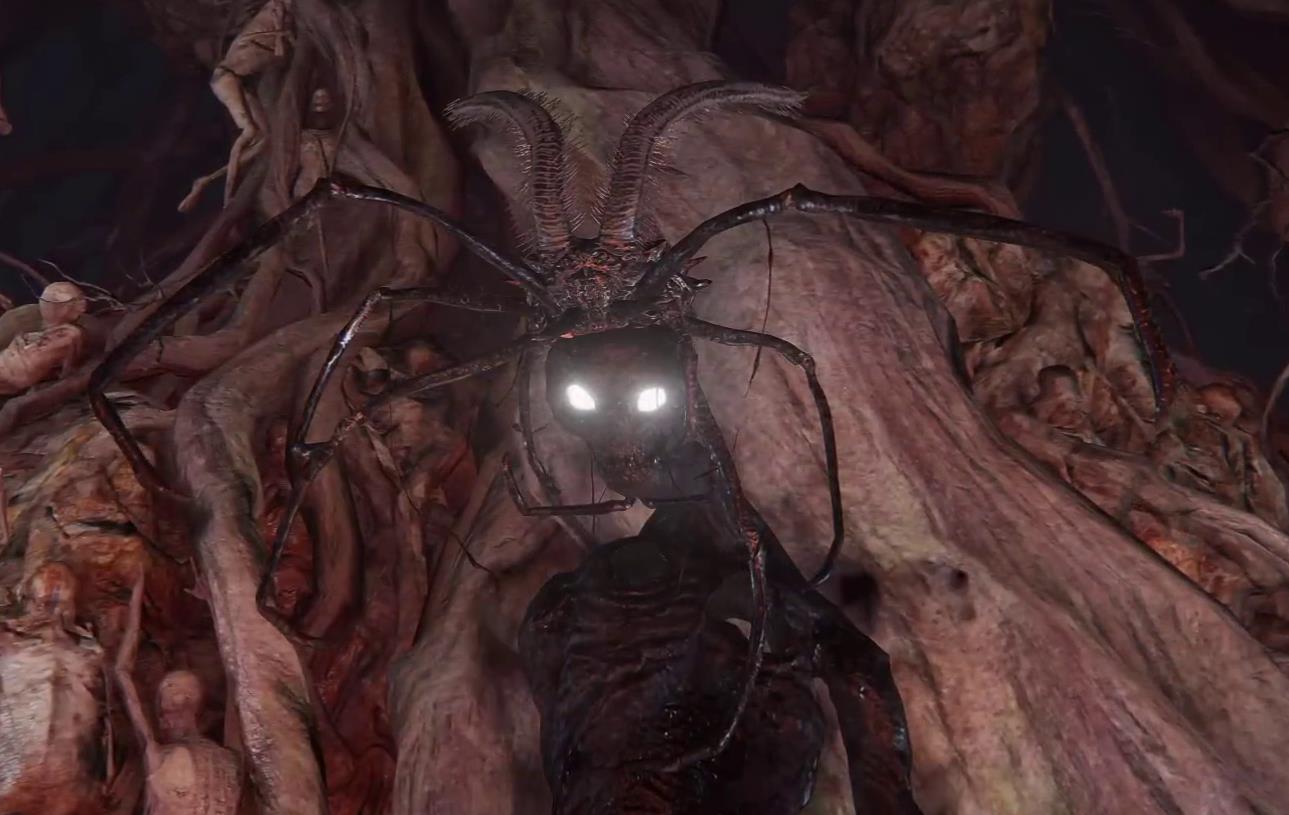
The humanoid part of the shade is just an emaciated, blackened ghoul with large, brightly glowing white eye sockets, but on close up, there's a wonderful, beautiful something or other on top of its head with long, spidery, chitinous limbs and two hairy "horns" or "tentacles." We're looking at a possible
symbiosis! The implications in this dark setting are more likely a form of parasitism, but we don't know for
sure that it's not mutualism, both of which are types of "symbiosis," but of course it's also possible that the humanoid is
completely dead, just an animate corpse, which would be no kind of symbiosis at all, since a symbiosis - parasitic or otherwise - necessitates a relationship between
living things.
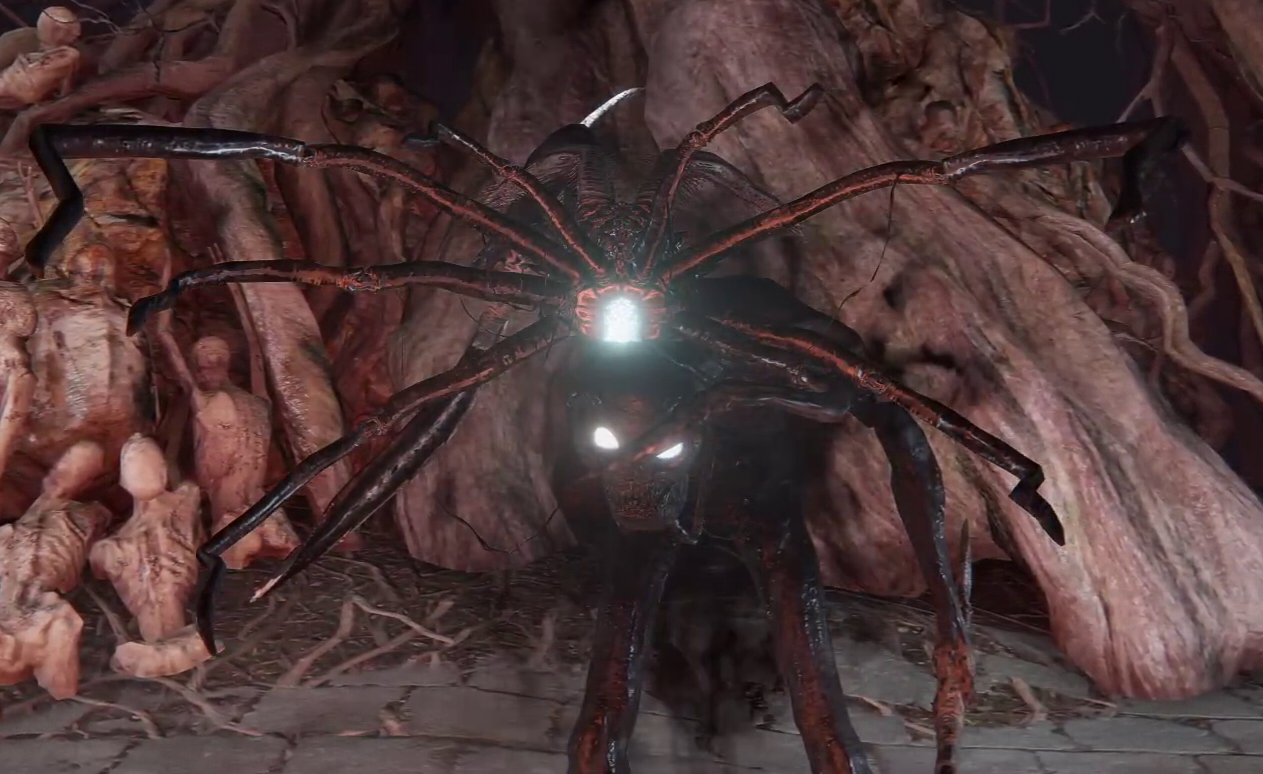
This cranial corpse-jockey even has its own attacks, able to rear up and spit a "bubble" that can temporarily immobilize the victim. During this attack, you can see that the creature's underbelly glows like the shade's eyes, which I'd interpret as the visual effect of the magic it uses to control its vessel.
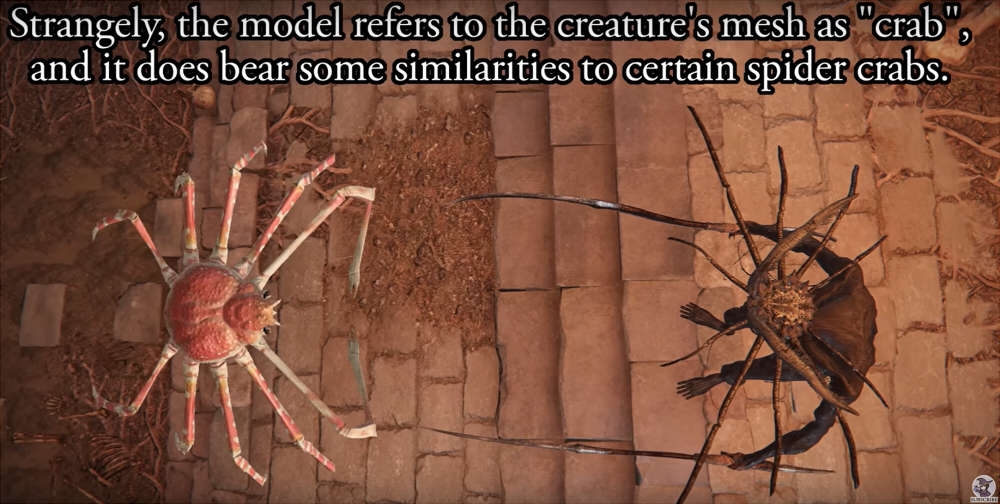
The mesh it called "crab" in the game's files, and Zullie shows off how similar its silhouette is to a giant spider crab; yet another example of sea creature imagery associated with undeath and corruption in Elden Ring. Crabs typically have ten legs, counting the front limbs modified into claws, whereas this "crab" has highly reduced forelimbs ending in simple points, which could just as easily be a pair of palps as a pair of legs.
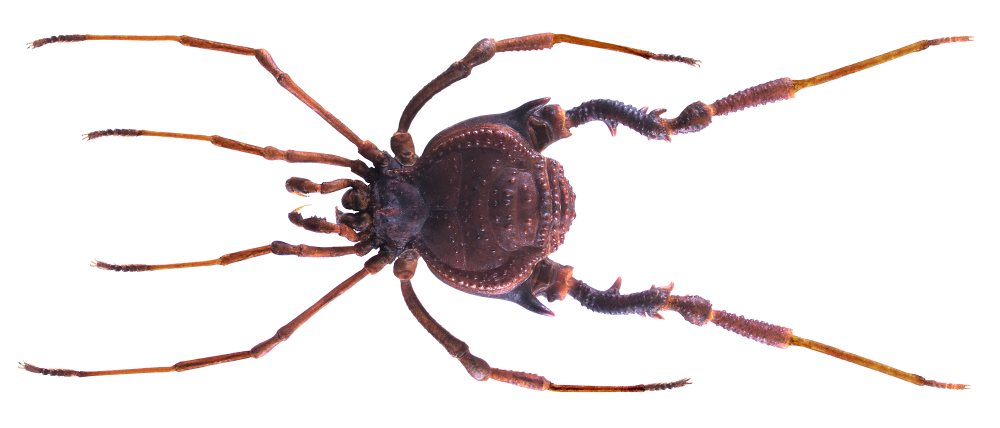
In fact, the shape and aesthetics of the creature remind me equally of a spider crab and various species of Opiliones, also known as "harvestmen" or to some people as "Daddy Long Legs," and the sticky spit certainly feels more like Arachnid territority, even if harvestmen never evolved silk glands.

Even more interesting however are those "horns." A pair of flexible, segmented, worm-like growths on top of the buggy with thick fringes of bristly hair.
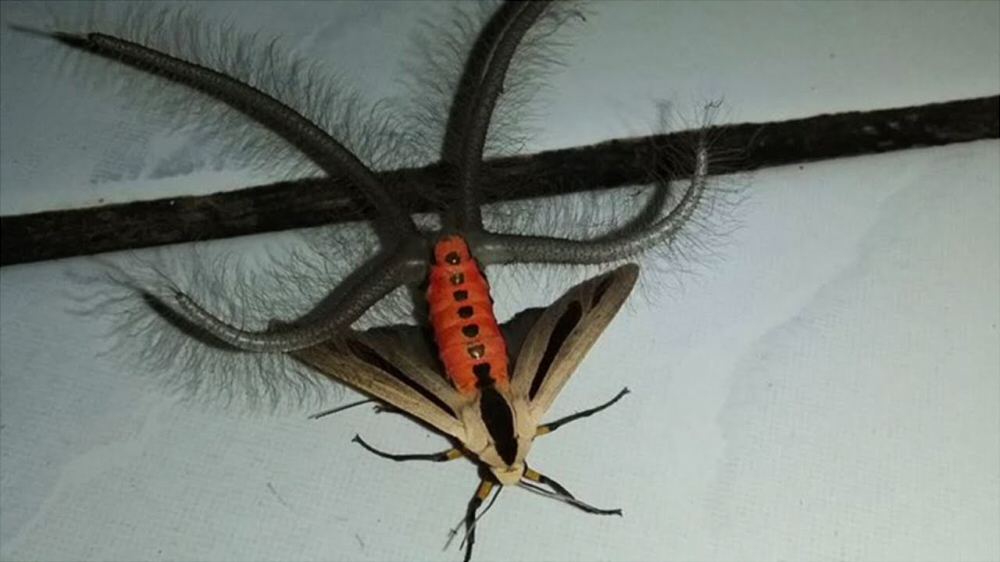
These tentacles are aesthetically lifted directly from
Creatonotos gangis, which went viral on the internet as a "nightmarish" insect with "horrifying tentacles." Oh yeah, and "by the way, folks...it FLIES!!!"
C. gangis, however, is nothing but a gentle little moth, and the "tentacles" are inflatable
coremata, or scent glands that spread reproductive pheromones on the wind. No, as a matter of fact, it does not fly around this way, but retracts the balloon-like structures back into its body, and while it certainly has some of the largest coremata ever observed, these organs are pretty common to moths!
Why were these chosen for the cemetary shade's puppeteer? Probably just because they look interesting and apparently scared people, but most visual details in this game have some sort of reasoning behind them, so I wouldn't be surprised if the designer had some sort of function in mind for them, even as simple as sensory antennae.
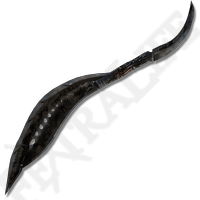
Fascinatingly, the shade also battles with a pair of weapons known as "mantis blades," which are clearly organic and resemble more raptorial versions of the "crab's" legs. Where do these come from? If every shade wields two of them, I'd wager the crab actually grows them itself, and I mentioned earlier how its forelimbs are awfully small. When an arthropod loses an appendage, it can regenerate it as long as it has at least one molt left in its lifespan, but the limb will be fairly stunted until additional molts. My guess, then, is that the "mantis blades" are the front limbs of the "crab," severed once it takes control of a host body.
NAVIGATION:

